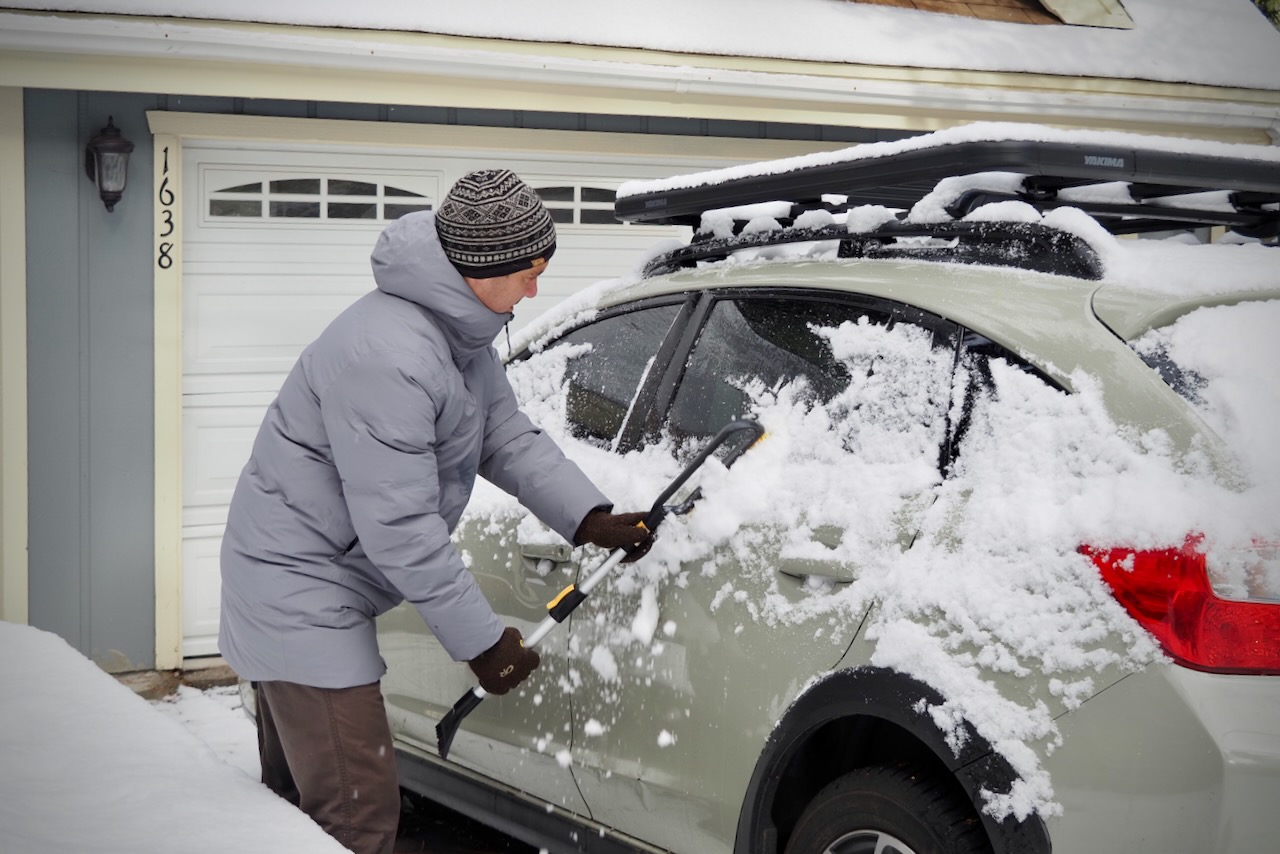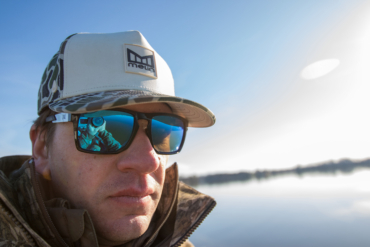The mercury dredged to minus-26 degrees last week here in Minnesota. But I was not worried. A shipment had arrived from Canada Goose, the Toronto-based outerwear maker that still deals in beaver-fur trim, hoods with coyote fur, and buckets of its eponymous goose-down insulation.
The company, which has serviced polar expeditions and Mount Everest climbs for decades, touts its catalog as containing the “best extreme cold weather outerwear in the world.”
My test coat, the Snow Mantra Parka, is bar none the warmest winter coat I have ever pulled on. It has a large tunnel hood with a coyote-fur ruff, a billowed body stuffed two inches thick with pounds of goose down, and a fleece-lined throat latch to seal the neck and chin from chill.

The jacket, a model purportedly favored by researchers at the South Pole, has been around for years. It has an expeditionary look that Will Steger could model with no issue, including knit insignia patches, reflective striping, a D-ring clip, and a plastic ID window on the chest pocket so people know who you are under all that fluff.
The company (www.canadagoose.com) touts the Snow Mantra as holding its own to temperatures as low as minus-70 degrees Fahrenheit.
But this warmth does not come cheap. The Snow Mantra, made to last for years in extreme climates, costs an astounding $885.
Despite its high price, the coat has extremely limited use. It is made for outdoors activities in extreme cold where the wearer will be stationary or fairly inactive. Walking, hunting in a blind, dog sledding, stargazing, ice fishing, polar research, and light snowshoeing would be appropriate activities. Anything more rigorous and you’ll soon be sweating.
To test the coat, I hiked a couple miles one evening outdoors in minus-20 degree weather with only a short-sleeve T-shirt under the Snow Mantra. I paired the coat with boots, big mittens, and Canada Goose’s $250 Tundra Down Pant, which have thick, insulated nylon legs. In this getup, I was toasty warm the whole time and sweating when I walked up hills in the woods.

Indeed, in weather above 10 degrees, Canada Goose’s offerings were almost too warm to wear for anything more than standing around in the woods or on a frozen lake.
For the deep, dark temperatures it’s made to endure, the Snow Mantra excels. Extra features including knit nylon cuffs to ensconce the wrists and internal mesh pockets made to hold heat-emitting chemical hand warmers add amazing warmth.
But the cocoon of heat has performance disadvantages, too. This coat is bulky and heavy, tipping nearly seven pounds on my scale. Its hood is huge and immobile, blocking peripheral vision when deployed with its fluffy coyote fur stuck out.
Canada Goose offers a range of products, including less-extreme parkas, aviator-style jackets, down vests, and casual winter coats. With its hefty price tag and limited use, the Snow Mantra has a small audience — mainly polar explorers and dwellers of the high latitudes.
But for these arctic individuals, Canada Goose’s coat could mean the difference between comfort and cold — even life and death — in the most frigid and forlorn places on the planet.






